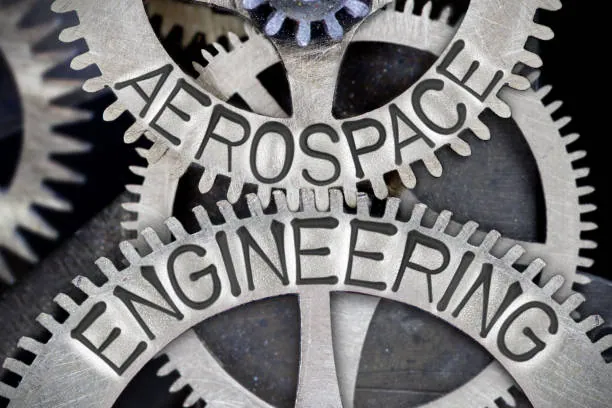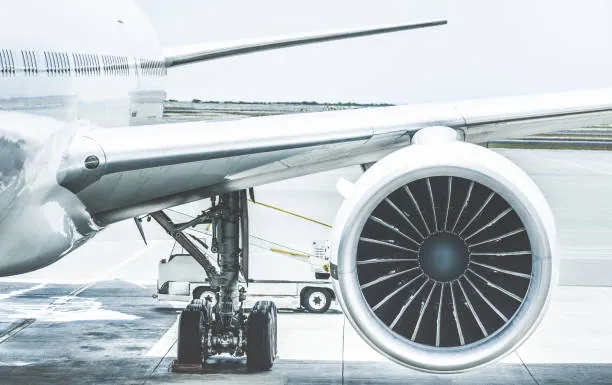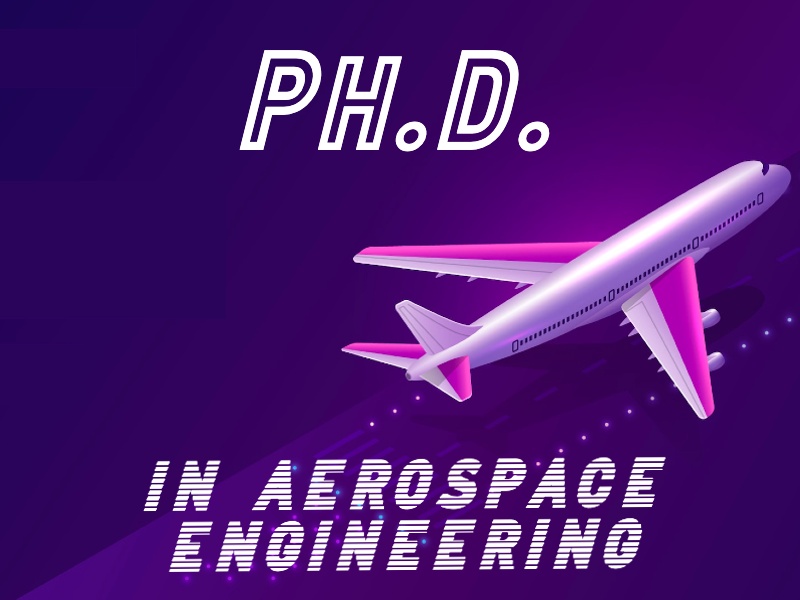A PhD in Aerospace Engineering is an advanced degree focusing on designing, analysing and testing aircraft, spacecraft and related equipment. Aerospace engineers study the physics of flight, aerodynamics and fluid dynamics to determine how materials affect aircraft performance. This study aims to develop aircraft with improved efficiency, safety and efficiency of flight in the aerospace industry.
Aeronautics engineers use their knowledge of fluid mechanics and mechanical systems to design aircraft with unique features. Including controlled flight, manoeuvrability and low noise levels. Engineers use computers to simulate airflow around aircraft wings of an aeroplane to test new designs before they are built.
PhD in Aerospace Engineering leads to a Doctorate in Engineering. A PhD Admission 2024 in India or a doctorate in engineering may be conferred after completing a terminal professional degree (MSE). By people who have met all program requirements for doctorate degrees from a University except completion of dissertation research.”
An Overview of PhD in Aerospace Engineering:
- The PhD admission in Aerospace Engineering is a professional degree program that prepares for careers as aerospace engineers and related technical professions. The program is designed to provide students with:
- An understanding of the fundamental principles and processes that govern the design, development, and operation of aerospace vehicles and systems.
- A comprehensive understanding of the aerodynamic performance and structures are required for designing these vehicles and system. Including advanced computational techniques essential to their plan.
- Knowledge of the materials used to manufacture aerospace components is essential in the aerospace industry. These materials include composite materials, composites/composite laminates, metals and alloys, thermoplastics, carbon fibre reinforced plastics (CFRP), composites/composite laminates (CPL), glass fibres/fibrous reinforced plastics (GRP) and other solid or semi-solid materials commonly used in aircraft structures. As well as related mathematical modelling techniques, including finite element analysis (FEA) and finite difference time domain analysis (FDTD).
- An understanding of current issues facing the aerospace industry, including current trends in propulsion technology for launch vehicles, fuel efficiency for aircraft, and environmental considerations such as noise abatement regulations. Safety issues associated with transportation systems and air traffic control procedures; energy conservation through aerospace.

Why a PhD in Aerospace Engineering?
- PhD in Aerospace engineering is a field that deals with the design, development and usage of aircraft and spacecraft. Aerospace engineers work on developing aerospace vehicles, such as aeroplanes, helicopters, rockets and satellites.
- They also work on designing and testing aircraft systems to ensure a safe flight, including the design of engines, propellers, propulsion systems and control systems.
- As an aerospace engineer, you will be responsible for research to solve problems in this field of engineering.
- You will also teach students about your field of study through lectures and seminars. In addition, you will publish your findings through journals or books so that other people can use them to solve similar problems.
- The PhD in Aerospace Engineering is designed to provide an interdisciplinary education that combines fundamental and applied research in aerospace engineering. The program offers a broad background in mathematics, physics, computer science and engineering. Stresses basic concepts and trains students to become leaders in their respective subdisciplines, academia and industry.
- The PhD admission program includes advanced modelling techniques, computational fluid dynamics and spacecraft design courses.

Scope of a PhD in Aerospace Engineering:
PhD in Aerospace engineering is a branch of engineering that deals with designing, developing, and producing aircraft and spacecraft.
Aeronautical engineering draws upon many scientific and mathematical disciplines, including mechanics, pneumatics, thermodynamics, materials science, electrical engineering, and others. Aerospace engineers are often involved in designing and manufacturing aeroplanes and helicopters. They also study space vehicles such as rockets and satellites.
Aerospace engineers have contributed to many technological advances in the aerospace field. Including early jet engines (the 1940s); high-lift devices for rotating wings (1950s); supersonic flight (1960s); reusable launch vehicles (1970s); satellite technology (1970s); space shuttle program (1980s) etc.
Aerospace engineers design and build everything from aeroplanes to satellites to rockets. They work in all aspects of aerospace development, including design, manufacturing, maintenance and operation.
The International Society of Aerospace Engineering (ISAEE) defines aerospace engineering as “the science and art of designing, building and testing aircraft, spacecraft and missiles; the application of aerodynamics to non-aerodynamic problems; the application of structures to solve problems which cannot be solved by other means; the use of computers to control aircraft or missile flight; heat transfer; fluid flow (including compressible flow); vibration control; noise control; fatigue analysis; structural dynamics (including stability); electromagnetic fields; acoustics; electro-optic effects in materials; electronic circuits used in aircraft or missile systems.”
Aerospace engineers typically perform research and design in several areas of aerospace technology.
These include:
- Instrumentation (measurement systems)
- Propulsion (theory and design of engines)
- Structural mechanics (analysis of large structures)
- Aerodynamic forces (designing aircraft shapes)
The aerospace industry is into two subsectors: civilian and military. The civilian sector comprises companies producing aeroplanes, rockets, space crafts, satellites, etc. The military sector encompasses companies that have missiles or other weapons-related products.
Both sub-sectors are part of the entire aerospace industry.

Significance of Aerospace Engineers:
- A PhD admission in Aerospace engineering is critical to go for this because aerospace engineers are the people who work on all aspects of aeroplanes, spacecraft and other aerial vehicles.
- As well as engineers who work on all aspects of space exploration, from satellites to lunar rovers, from the International Space Station to Mars missions.
- Aerospace engineers create new technology for space travel and design new aircraft that can fly through clouds or over mountains.
- They also develop new ways to control aircraft so they can land safely, even if they have a malfunctioning engine or a broken wing.
- Aerospace engineers use their knowledge of physics and mechanics to study aerodynamics and flight dynamics; they also use mathematics and computer modelling to design new aircraft that are safer, faster and more efficient than their predecessors.
Frequently Asked Questions
A PhD in Aerospace Engineering is a doctorate-level degree completed after three to five years of study. It involves research, teaching and mentoring students, and developing actual knowledge in the field of aerospace engineering. The program’s focus will be on aerospace engineering as applied science, but each student may choose to focus on one or more specific areas of interest. The first year of study involves courses covering general principles and methods of aerospace engineering, followed by courses that focus on applications of those methods to a specific topic within aerospace engineering. In the second year of study, students must complete a major project under the supervision of their thesis advisor. After completing this project and successfully defending it with their thesis advisor’s approval, students can pursue coursework towards their degree plan (i.e., Master’s).
The time it takes to complete your PhD depends on how fast you move through the program and the number of courses you need to take each semester. You’ll typically start with an interdisciplinary core course, introducing you to different areas of study and helping you decide what sort of specialization interests you most. Then, you’ll take specialized classes focusing on particular topics or subdisciplines within aerospace engineering (such as structural mechanics). The minimum time required for completion of all requirements is about four years—and it can take longer depending on how much independent study you do outside of classwork.
Some major universities offer a Doctorate in Aerospace Engineering. Some of them are-
DSCE Bangalore – Dayananda Sagar College of Engineering.
NMIT Bangalore – Nitte Meenakshi Institute of Technology.
BIT Sathy – Bannari Amman Institute of Technology.


